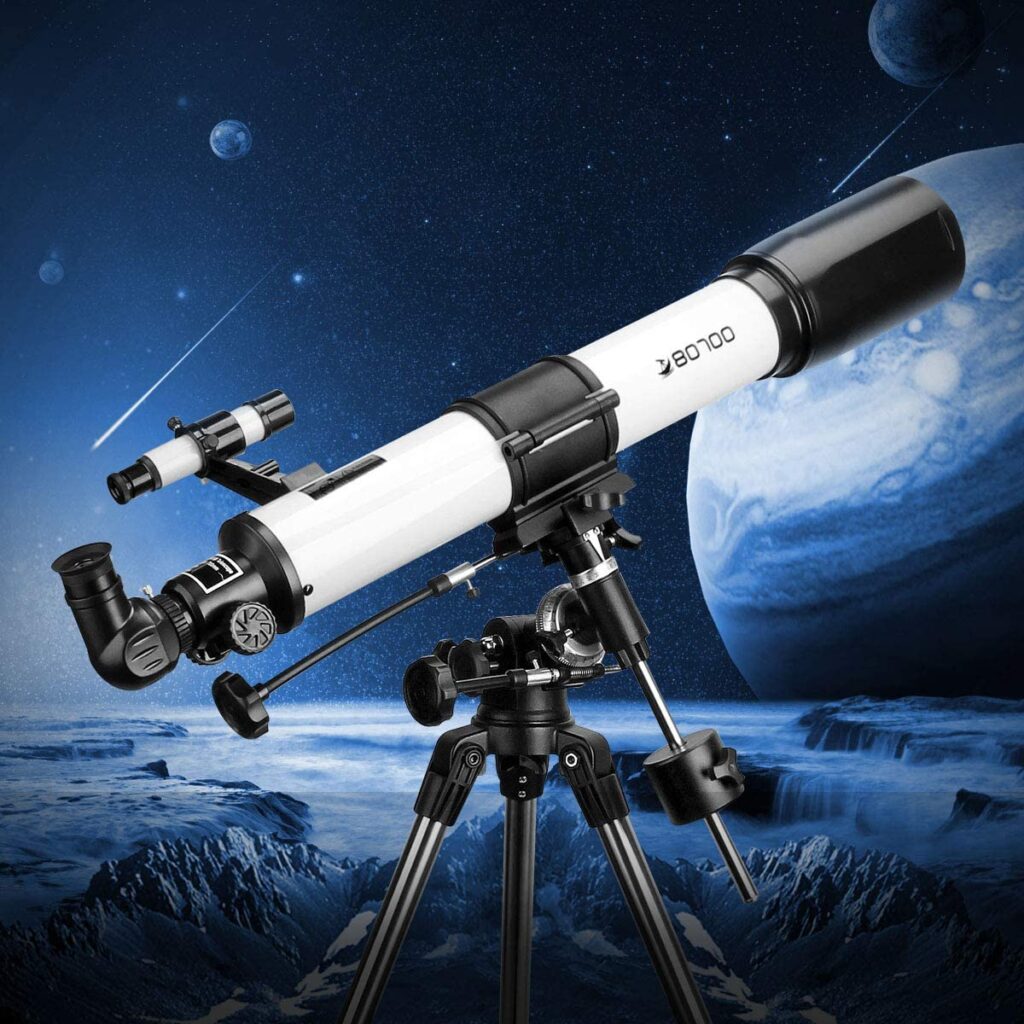

If you're a beginner looking for a strictly visual telescope, you may find that a Dobsonian is a better investment. Beginner visual Newtonians will usually come with a tripod mount to carry the telescope, whereas more advanced imaging Newtonians will often be sold as just the Optical Tube Assembly (OTA) only without a mount. Newtonians are very affordable telescopes for their aperture, so you'll see them in a wide range of prices from beginner visual telescopes all the way up to advanced imaging telescopes. Newtonian telescopes are the classic reflector design, and use a primary and secondary mirror to project an image out the side of the optical tube.

Continue reading below to find out the pros & cons of each type of reflector optical design and help you narrow down which one is best for you.īest for experienced imagers who want a large aperture telescope Instead, we would recommend a small refractor for its ease-of-use, portability, and lack of maintenance required. However, since reflectors require collimation and are usually much larger and heavier than refractors, we don't usually recommend them as a beginner deep sky astrophotography telescope. Is A Reflector Telescope Right For Me?ĭobsonians are a great choice for visual observers, and Newtonians and Ritchey-Chretiéns can make great telescopes for astrophotography. These spider vanes, or struts, are what cause the light to diffract and produce spikes on bright stars.

You'll notice that in any reflector telescope, whether it be a Newtonian, Ritchey-Chretién, or other, that the secondary mirror is held up by four spider vanes. All reflector telescopes will exhibit these four-pointed stars because of their design. Have you ever wondered why images from the Hubble Space Telescope have four-pointed, cross-shaped stars? The answer is diffraction spikes. The additional cost of collimation tools such as a good laser collimator is something to take into account when purchasing any reflector telescope, as they're often not included but are a required tool. Collimation might sound scary, but it's relatively simple, and can be compared to the need to tune an instrument before you play it. Reflectors usually need to be frequently collimated, which is the process of precisely aligning the mirrors in the telescope using some simple tools. What is Collimation?įor as affordable as they are, nearly all reflectors will require more maintenance than other telescopes like refractors. Other common reflector designs include the Ritchey-Chretién, which many famous telescopes like the Hubble Space Telescope utilize for its premium optical performance. If you've ever attended a star party, you'll notice that most visual observers are using Dobsonians for this reason. Newtonians/Dobsonians in particular can be had at a very affordable for a large aperture, making them an excellent choice for visual observers. This is because it is less expensive to produce a large aperture reflector telescope compared to a refractor. Compared to refractors, reflectors are usually significantly larger telescopes. Reflector telescopes use mirrors to focus light and magnify an image. In our helpful guide below, we explain the differences in layman's terms to help you decide. Reflector telescopes come in a wide range of sizes, prices, and optical designs, so it can be difficult to pick out which one is right for you. EVscope 2 & eVscope 2 Backpack Bundle Sale


 0 kommentar(er)
0 kommentar(er)
